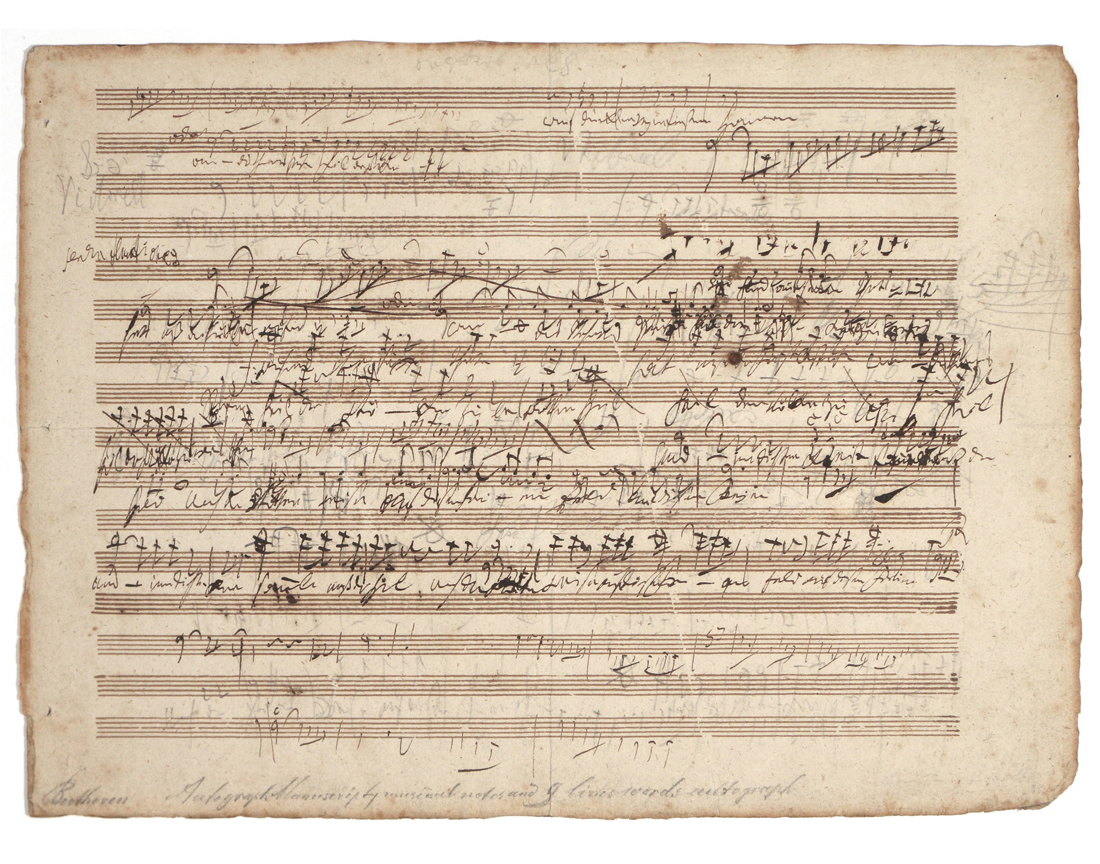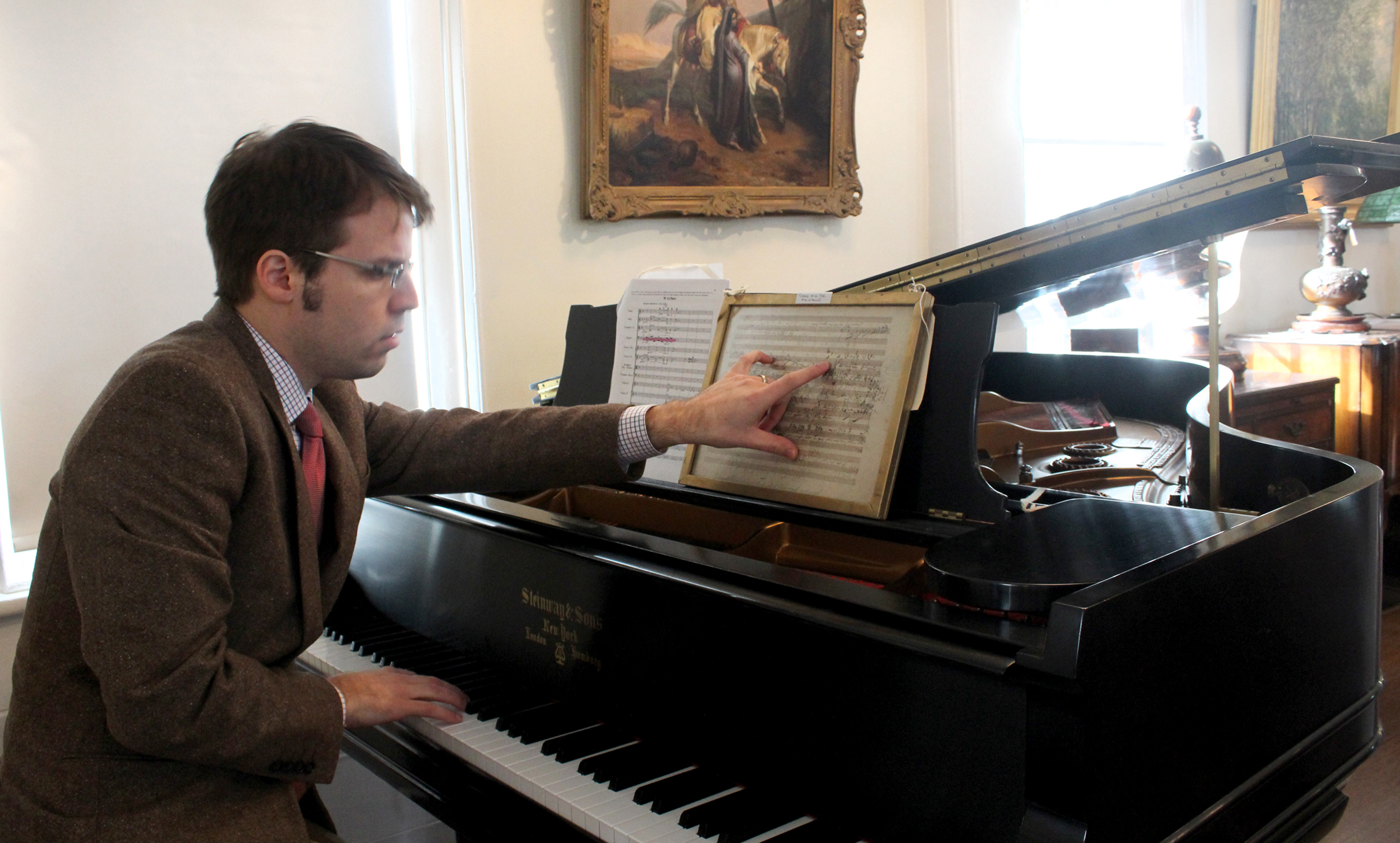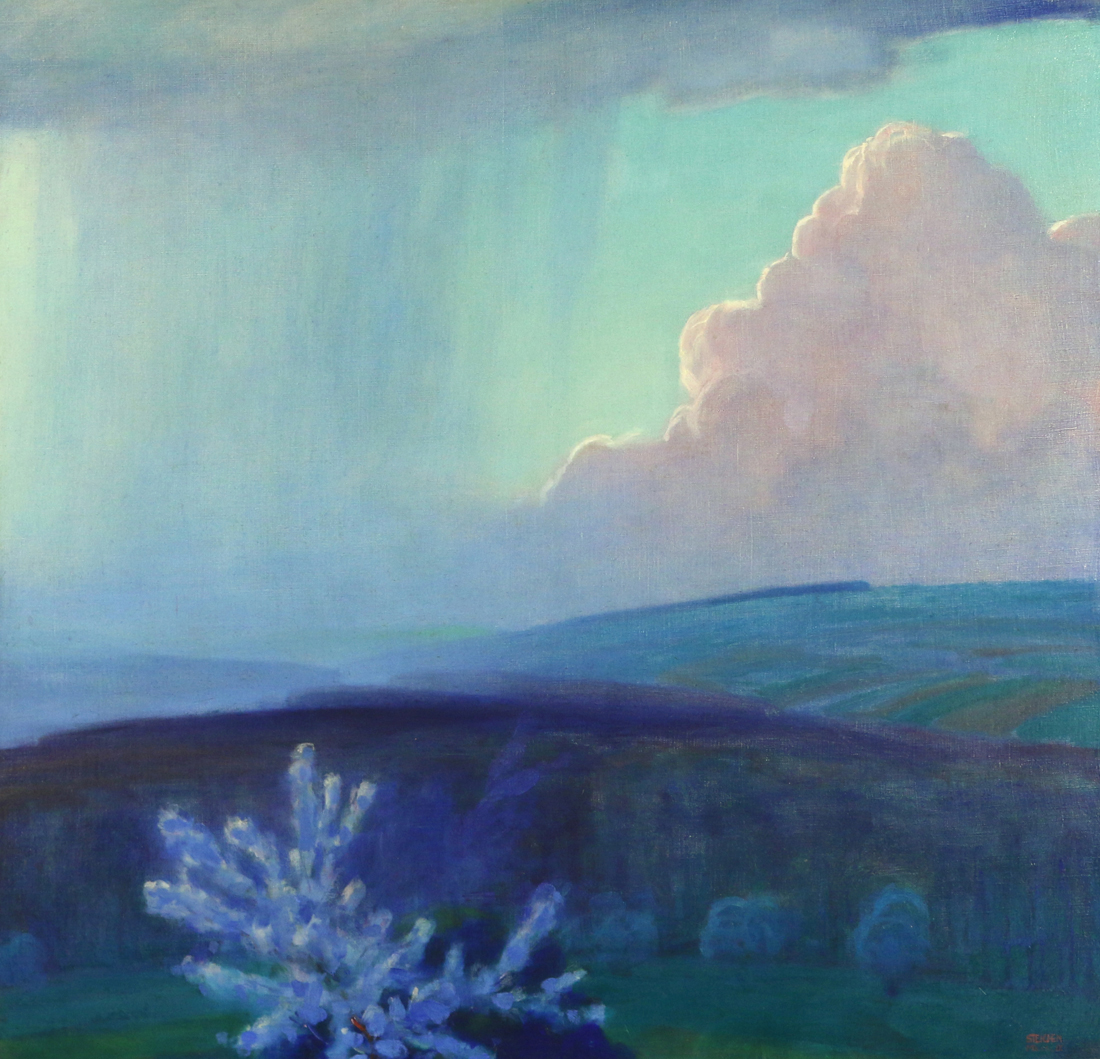Review and Onsite Photos by W.A. Demers;
Additional Photos Courtesy Butterscotch Auction Gallery
BEDFORD, N.Y. — Observing the staff of Butterscotch Auction Gallery assemble and conduct an auction amid the quirky nooks and crannies of Bedford’s Historical Hall, the 1806 building owned by the Bedford Historical Society and rented out for private parties, meetings and exhibitions, is not unlike watching a well-oiled military logistics crew in action. Leading up to the November 22 auction, merchandise was set up on the main floor, a small stage, narrow upstairs galleries running parallel to the main floor and a tented annex space set up temporarily off the main floor. Oriental rugs and carpets were piled up in the upstairs galleries, the smaller ones displayed by draping them over the sides.
At 11 am, an hour before its noon start time, the firm’s army of helpers cleared the main floor of furniture, rolled up the rugs, set up chairs. Beyond the choice merchandise gathered from area estates, the whole enterprise deserves a big round of applause for making a space that is nearly antithetical to auctions work this well.
“We’re in there for ten days, with a four-day preview leading up to the sale and three days after to allow merchandise pickup,” said Brendan Ryan, the firm’s appraiser. This 800-lot sale was abundantly filled with a selection of American paintings, the collection of musical and patriotic manuscripts, jewelry and Hermès bags. Called by Paul D. Marinucci, the firm’s founder, it saw good results for rare musical manuscripts, American art, jewelry and even a Steinway & Sons grand piano from folksinger Judy Collins.
A newly discovered autograph sketchleaf by Ludwig van Beethoven headlined the sale, selling for $120,000 to the trade in Germany.

A couple of hours before the auction, previewers seek out treasures amid the quirky nooks and crannies of Bedford’s Historical Hall.
The sketchleaf was discovered by Ryan in a Greenwich, Conn., home. “It has been in the same family for about 100 years and was acquired from the collection of Fred M. Steele, a wealthy Chicago lawyer who amassed an important collection of autographs that was auctioned off in 1917. A letter of receipt from a Mr Künzel of Leipzig addressed to Steele and dated 1886 accompanies the lot,” Ryan said.
Ryan himself is trained as a composer and majored in music before going into the auction business. “I knew as soon as I saw it who it was by,” he said. “Complete Beethoven sketchleaves are rare. After he died, most of his paper goods were purchased by dealers and cut up into smaller sections to be sold as souvenirs to tourists and patrons, so having a complete sheet — especially one so thoroughly used — is a very rare find.”
With the help of music history professor Dr Carmelo Comberiati of Manhattanville College, Ryan was able to identify the music as belonging to Beethoven’s Opus 117, König Stephan, a stage work written for the opening of a new theater in Budapest in 1810.
According to Ryan, four other leaves from the same sketchbook are in the Beethoven-Haus in Bonn, and are viewable in its digital online archive. Comberiati said, “Beethoven created his own book from various paper on hand and used it while at the spa in Teplitz from late 1810 into mid-1811. Although the type of paper used varies among the known examples, all share the same three holes that the composer punched along the left hand margin when he bound the loose sheets together. This was a major indicator of the sketchleaf’s origin.”
Also catching fire at the sale was a rare landscape painting by Edward Steichen (American, 1879–1973), a 24¼-by-25-inch oil depicting the nuances of clouds above what is likely the French countryside around his home in Voulangis, which became his base of operations from 1908 to 1924. Rare, because Steichen, after becoming a commercial photographer, ended up burning all but about 90 of his paintings; the Tonalist work went to the US trade at $90,000, its performance earning applause in the gallery.

Patrons examining the several large Oriental rugs on offer had to “dig down” in the pile in some cases. Smaller examples were slung over the gallery balcony.
The Steichen was the top highlight among a large selection of American paintings. Two others were entered with high expectations but failed to sell. One was a colorful watercolor of Rockport, Mass., by Maurice Prendergast, formerly in the collection of Meyer Potamkin of Philadelphia and purchased by the present owner’s grandfather from E.&A. Milch in 1964. The other was a serialized river landscape by Ernest Lawson, identical to another that is in the Pennsylvania Academy of the Fine Arts. “Unfortunately, we were unable to sell the Prendergast and the Lawson, and they will be offered in March,” said Ryan after the sale.
The auction also featured a single-owner collection of paintings by David Burliuk (1882–1967), the highest price of which was achieved by “Milk Maid,” 1915, an oil on canvas measuring 12 by 16 inches, bringing $11,400. A phone bid of $12,000 took an Elihu Vedder (American, 1836–1923) oil on canvas titled and depicting “Girl Spinning,” 12 by 6¾ inches.

A newly discovered autograph sketchleaf by Ludwig van Beethoven headlined the sale, selling for $120,000.
A variety of contemporary art from the collection of Judy Collins included prints by Helen Frankenthaler, Chuck Close and Joseph Stella and ceramics by Pablo Picasso. Her personal 1898 Steinway Model A grand piano, which was shown to be in excellent playing condition by Ryan during preview, was also offered, and he reported that a “bidding war” for it erupted after the sale, so while it did not sell during the auction, it ultimately realized $13,200. The same price was garnered by the Frankenthaler 1982 monotype in colors with hand additions.
The Pablo Picasso (Spanish, 1881–1973) items performed well. Fetching $14,400 against a $7/9,000 estimate was a “Woman Lamp,” a painted and incised figural ceramic vase. It had been purchased directly from the Madoura workshop in Cote d’Azur. The lot preceding “Woman Lamp” was a glazed earthenware pitcher with colored engobe decoration and glazed on the inside. From an edition of 100, it finished at $10,200. And following the “Woman Lamp,” “Visage de Faune Tourmente,” a plate conceived in 1956, took $10,800, above its high estimate.

Butterscotch Auction Gallery’s appraiser Brendan Ryan, himself a trained composer and multi-instrumentalist musician, plays a passage from the Beethoven sketchleaf on a Steinway piano belonging to Judy Collins that was also offered in the auction.
Jewelry was also well represented in the sale, with a 2.57-carat pear-shape brilliant fancy intense yellow diamond ring finishing at $22,800 and a Boucheron emerald and diamond brooch taking $8,400.
Most every auction has a “sleeper” or two, and this one had several. A monumental Black Forest mantel clock, late Nineteenth Century, elaborately carved with huntsman and his dogs resonated with a bidder who took it from a $1,5/2,500 estimate to a final price of $9,000. Similarly, an early Twentieth Century Hopi kachina doll went to $8,400 on a $1,5/2,500 estimate, and an Old Master drawing of Mary kneeling with the infant Christ on her lap, surrounded by attendants, leapt to $6,000, far above its $400/600 estimate. Doubling its $2,500 high estimate, a pair of antique Venetian glass wall mirrors from the Nineteenth Century or earlier left the gallery at $5,280.

A rare landscape painting by Edward Steichen (American, 1879–1973), a 24¼-by-25-inch oil depicting what is likely the French countryside around his home in Voulangis, went out at $90,000 to applause in the gallery.
“Overall, we were very pleased with the results of the sale,” said Ryan, “with a steady amount of things selling in the $5,000 range. Sometimes there are disappointments, but those are offset by successes for pieces you didn’t expect to do so well.” The firm’s next sale is scheduled for March 13.
Prices reported include the buyer’s premium.
For additional information, www.butterscotchauction.com or 914-764-4609.



